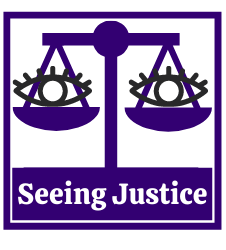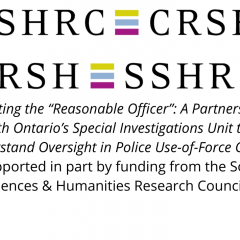Charting the “Reasonable Officer”
How do people decide if a police officer’s use-of-force was “reasonable”?
In the summer of 2020, a series of fatal use-of-force incidents occurred across North America that drew attention to this question. Most of these incidents result in no criminal charges for the officers involved, often leading to questions about how officer “reasonableness” is decided.
We’re interested in talking to different groups – people affected by use-of-force incidents, officers involved in use-of-force incidents – to better understand what makes an officer “reasonable” or “unreasonable”. We want to understand how the public, the police, and police overseers account for uses-of-force, and why it is that so few cases of police violence that results in death or serious injury proceed to the courts.
Policing is a democratic institution, and police gain their legitimacy with the consent of the public. When the public doesn’t understand police oversight, or feels as though they are not being policed fairly, then policing fails and both police and the public suffer.
Working to get a better sense of what makes an officer reasonable or unreasonable, and sharing that information with the people who oversee the police, can help rebuild strained relationships between the public and the police.




